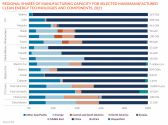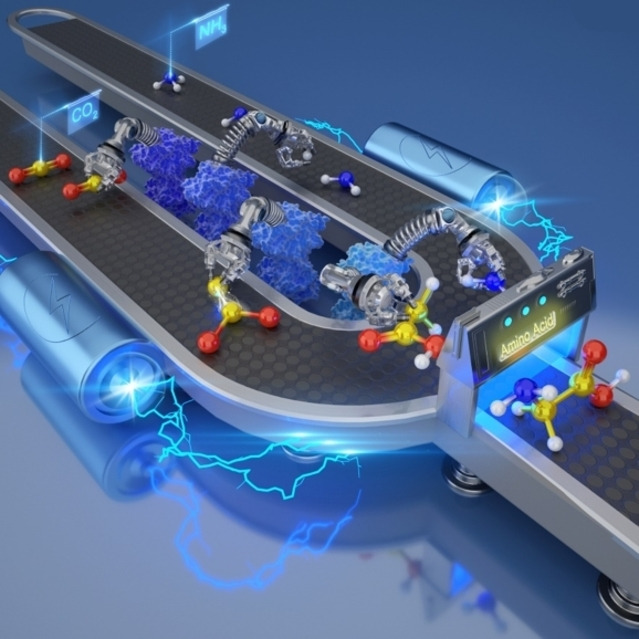You are using an out of date browser. It may not display this or other websites correctly.
You should upgrade or use an alternative browser.
You should upgrade or use an alternative browser.
News on China's scientific and technological development.
- Thread starter Quickie
- Start date
supercat
Colonel
China filed a lot of patents in 2022.
Domestically developed ECMO machine was used for lung transplant.
Domestically developed ECMO machine was used for lung transplant.
More from Huawei, they are really having a comeback party in MWC 2023
They are trying to sell their product & pitch smart and connectivity to all the enterprises, extolling virtues of productivity gain from 5G
Using the Midea smart factory as an example of success story of using their product for productivity gains
Also gaining more orders in Indonesia from local mobile operator
and smart green energy project
They are trying to sell their product & pitch smart and connectivity to all the enterprises, extolling virtues of productivity gain from 5G
Using the Midea smart factory as an example of success story of using their product for productivity gains
Also gaining more orders in Indonesia from local mobile operator
and smart green energy project
USTC created the best PeLED (perovskite light-emitting diode) so far, with performance close to the point for commercialization.
Paper in English:
News release in Chinese:
近日,中国科学技术大学物理学院、中科院强耦合量子材料物理重点实验室及合肥微尺度物质科学国家研究中心的肖正国教授研究组在制备高效稳定的钙钛矿单晶LED领域取得重要进展。该研究团队利用空间限制法生长出高质量、大面积、超薄的钙钛矿单晶,并首次制备出亮度超过86,000 cd/m2,寿命高达12500 h的钙钛矿单晶LED,向钙钛矿LED应用于人类照明迈出了重要一步。相关成果以“Highly bright and stable single-crystal perovskite light-emitting diodes ”为题,于2月27号发表在《Nature Photonics》杂志上。
金属卤化物钙钛矿因其发光波长可调、发光半峰宽窄、可低温制备等特性成为新一代LED显示与照明材料。目前,基于多晶薄膜的钙钛矿LED(PeLED)的外量子效率(EQE)已经超过20%,可以媲美商用有机LED(OLED)。近年来,报道的绝大多数高效率钙钛矿LED器件的寿命在数百到数千小时不等,仍落后于OLED。离子移动,载流子注入不平衡,运行过程产生的焦耳热等因素都会影响器件稳定性。此外,多晶钙钛矿器件中严重的俄歇复合也限制了器件的亮度。
针对以上问题,肖正国课题组利用空间限制法在衬底上原位生长钙钛矿单晶,通过调控生长条件,引入有机胺和聚合物,有效提升了晶体质量,从而制备出高质量的MA0.8FA0.2PbBr3薄单晶,最小厚度仅为1.5 μm,表面粗糙程度小于0.6 nm,内部荧光量子产率(PLQYint)达到90%。以薄单晶作为发光层制备的钙钛矿单晶LED器件的EQE达到11.2%,亮度超过86,000 cd/m2,寿命高达12500 h,初步达到商业化门槛,成为目前稳定性最好的钙钛矿LED器件之一。以上工作充分展示了使用钙钛矿薄单晶作为发光层是解决稳定性问题的可行方案,以及钙钛矿单晶LED在人类照明和显示领域的巨大前景。
Paper in English:
Abstract
Metal-halide perovskite light-emitting diodes (PeLEDs) have attracted great interest because of their tunable emission wavelength, narrow emission bandwidth and high external quantum efficiency. However, PeLEDs face two critical issues that limit their potential applications: short device lifetime due to ion migration and low brightness due to severe Auger recombination. Here we demonstrate that both issues can be mitigated by in situ solution-grown perovskite single crystals (SCs). By minimizing the trap density using mixed cations and adding excess ammonium halides and polyvidone to the precursor, the external photoluminescence quantum yield (PLQY) of the SCs is enhanced to 28.3%, corresponding to an internal PLQY of 89.4%. Benefitting from the suppressed Auger recombination in SCs, SC-PeLEDs with a thickness of 1.5 µm exhibit a high luminance of 86,000 cd m−2 and a peak external quantum efficiency of 11.2%. Thanks to suppressed ion migration, the extrapolated T50 lifetime for SC-PeLEDs reaches a value of 12,500 h at an initial luminance of 100 cd m−2. Our results show that SC growth represents a viable route to increase the lifetime of PeLEDs for practical applications.News release in Chinese:
近日,中国科学技术大学物理学院、中科院强耦合量子材料物理重点实验室及合肥微尺度物质科学国家研究中心的肖正国教授研究组在制备高效稳定的钙钛矿单晶LED领域取得重要进展。该研究团队利用空间限制法生长出高质量、大面积、超薄的钙钛矿单晶,并首次制备出亮度超过86,000 cd/m2,寿命高达12500 h的钙钛矿单晶LED,向钙钛矿LED应用于人类照明迈出了重要一步。相关成果以“Highly bright and stable single-crystal perovskite light-emitting diodes ”为题,于2月27号发表在《Nature Photonics》杂志上。
金属卤化物钙钛矿因其发光波长可调、发光半峰宽窄、可低温制备等特性成为新一代LED显示与照明材料。目前,基于多晶薄膜的钙钛矿LED(PeLED)的外量子效率(EQE)已经超过20%,可以媲美商用有机LED(OLED)。近年来,报道的绝大多数高效率钙钛矿LED器件的寿命在数百到数千小时不等,仍落后于OLED。离子移动,载流子注入不平衡,运行过程产生的焦耳热等因素都会影响器件稳定性。此外,多晶钙钛矿器件中严重的俄歇复合也限制了器件的亮度。
针对以上问题,肖正国课题组利用空间限制法在衬底上原位生长钙钛矿单晶,通过调控生长条件,引入有机胺和聚合物,有效提升了晶体质量,从而制备出高质量的MA0.8FA0.2PbBr3薄单晶,最小厚度仅为1.5 μm,表面粗糙程度小于0.6 nm,内部荧光量子产率(PLQYint)达到90%。以薄单晶作为发光层制备的钙钛矿单晶LED器件的EQE达到11.2%,亮度超过86,000 cd/m2,寿命高达12500 h,初步达到商业化门槛,成为目前稳定性最好的钙钛矿LED器件之一。以上工作充分展示了使用钙钛矿薄单晶作为发光层是解决稳定性问题的可行方案,以及钙钛矿单晶LED在人类照明和显示领域的巨大前景。
Chinese scientists developed a flexible temperature sensor that keeps high sensitivity in a wide temperature range from liquid nitrogen temperature to 1200 °C, marking a breakthrough in expanding the device's application scenarios to extreme environments..
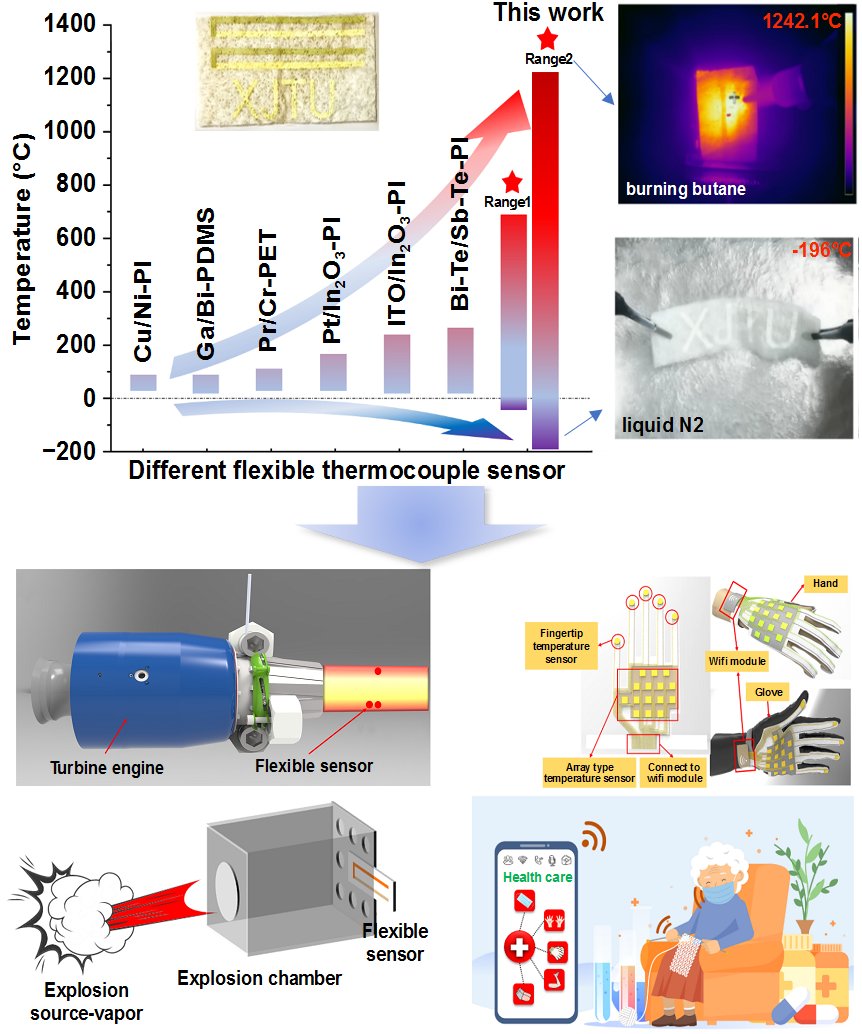

With the help of ciliary neurotrophic factor chitosan, Chinese scientists have regenerated and functionally recovered an optic nerve, setting a record regeneration distance in the field of 18mm and shedding light on clinical potential for repairing severely injured optic nerve...
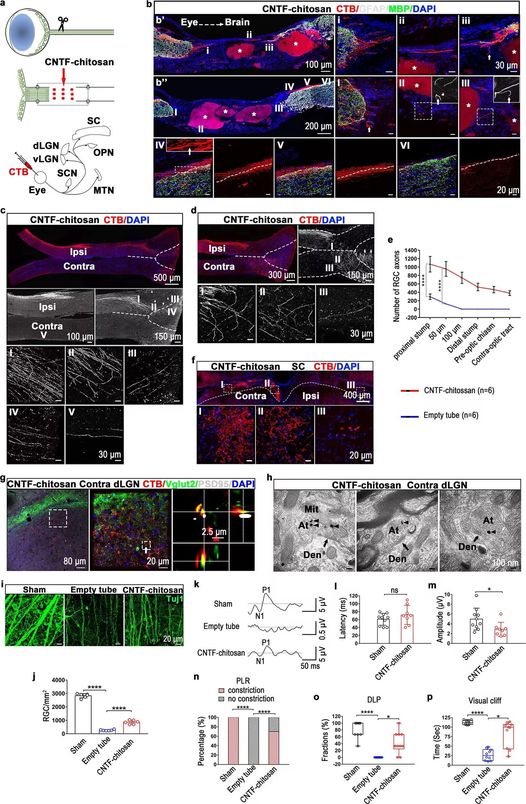

Chinese researchers have made progress in the field of nano-scale ultralow friction study. They systematically explored nanotribological properties of NbSe2, and explained ultralow friction and wear-resistant mechanisms of mono-layer NbSe2, Chinese Academy of Sciences said...
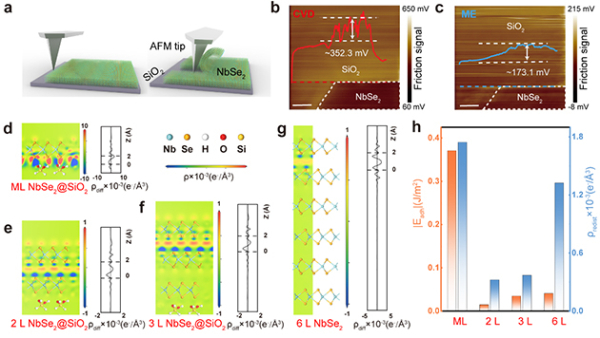
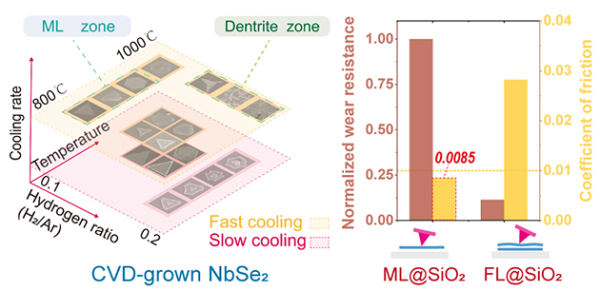


escobar
Brigadier
The report says China’s research interest and performance in military and space sectors are particularly notable, including in the field of hypersonics—the technology of an advanced missile China tested last year that appeared to surprise the U.S. defense community. Chinese researchers generated more than 48% of the high-impact research papers on advanced aircraft engines, including hypersonics, and China is home to seven of the world’s top 10 research institutions focused on such study

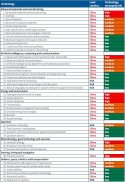
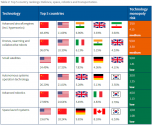
Last edited:

